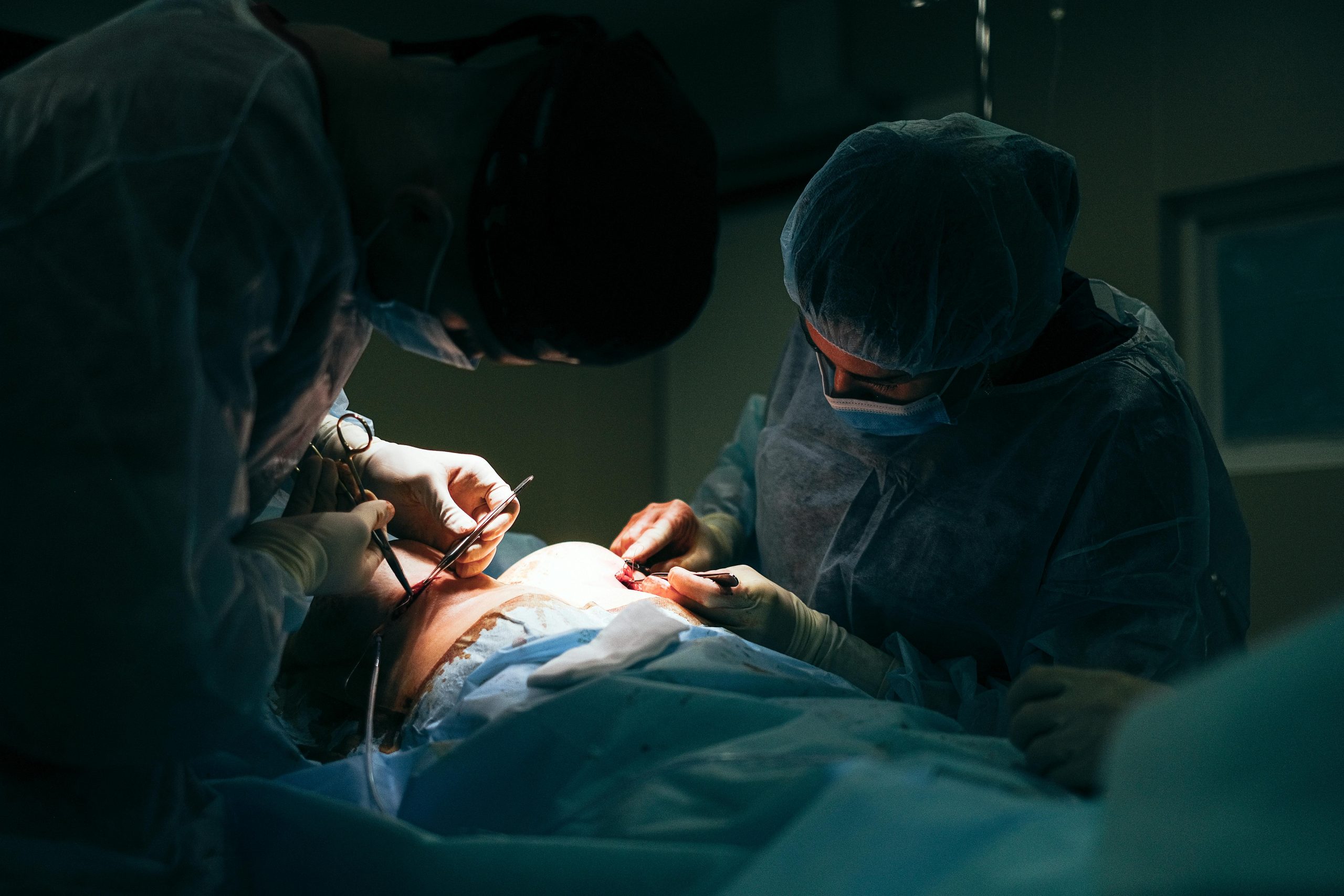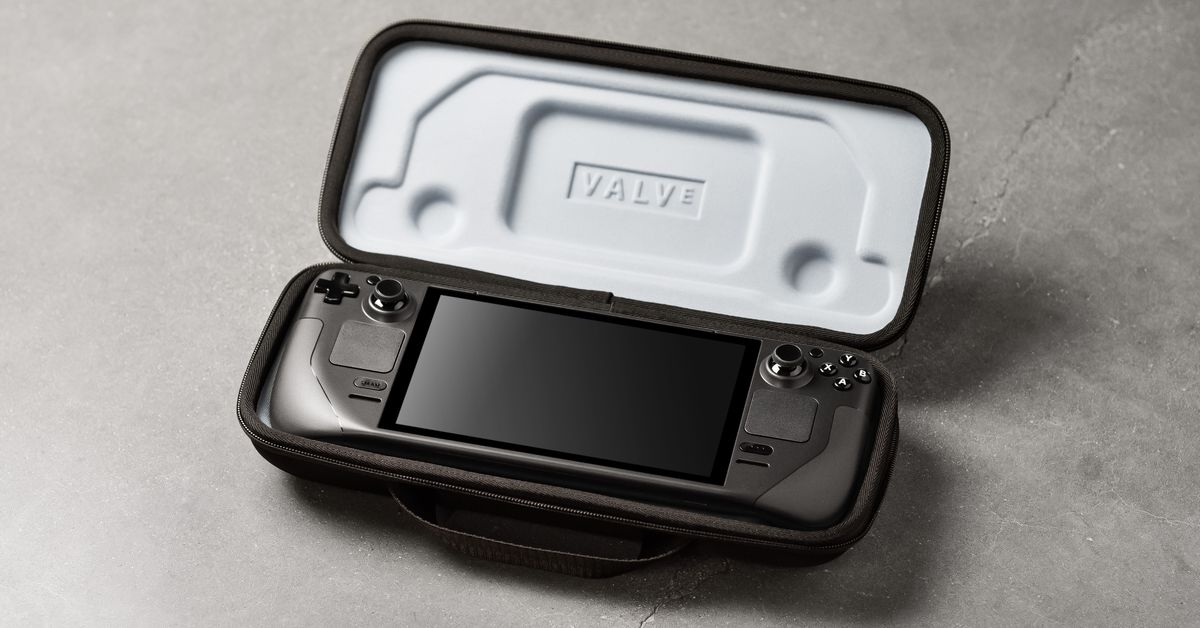Donated bodies are powering gene-edited organ research
Brain-dead bodies are highly sought after for cross-species organ research as scientists work toward new ways of combating disease. As […] The post Donated bodies are powering gene-edited organ research appeared first on ReadWrite.


Brain-dead bodies are highly sought after for cross-species organ research as scientists work toward new ways of combating disease.
As reported by MIT Technology Review, surgeons at the University of Pennsylvania conducted an experiment that lasted for three days with a pig liver connected to a brain-dead person.
The purpose of the study was to assess whether the organ, which was part of a special pumping device, could still function to clean up toxins from the body, which could possibly lead to a breakthrough in treating patients with acute liver failure.
Organ donation is a common practice in the event of a death, but the report indicates how brain-dead bodies are becoming increasingly important to biotech research, not just the medical field.
The use of a full body in this way – as an experimental “decadent model” – is still quite rare, but it has been used before and now requests have increased as more companies are exploring animal-to-human organ transplants with the use of tissues from gene-edited pigs.
Previous research precedent
MIT spoke to Richard Hasz, CEO of the Gift of Life Donor Program, a non-profit organization that oversees organ donation across Pennsylvania, New Jersey, and Delaware. They were also the source for the University of Pennsylvania liver experiment.
Hasz commented on using bodies as experimental models, “It’s definitely a new model. But sometimes we repeat things that have happened before. We have been around 50 years, and this is the second time it’s been requested,” says Hasz.
The previous occasion was during the 1980s when Temple University researchers wanted brain-dead bodies as a “no-risk” way to test an early artificial heart made of plastic and metal.
Their purpose was to find how it would fit inside a chest and how it would react to surgical techniques, ahead of trying the invention inside a living person.
Now, the demand from surgeons for brain-dead patients, sometimes known as “beating-heart cadavers” is on the rise as part of a wide-ranging undertaking for scientific research and progression.
Image: Anna Shvets/Pexels.
Graeme Hanna
Freelance Writer
Graeme Hanna is a full-time, freelance writer with significant experience in online news as well as content writing. Since January 2021, he has contributed as a football and news writer for several mainstream UK titles including The Glasgow Times, Rangers Review, Manchester Evening News, MyLondon, Give Me Sport, and the Belfast News Letter. Graeme has worked across several briefs including news and feature writing in addition to other significant work experience in professional services. Now a contributing news writer at ReadWrite.com, he is involved with pitching relevant content for publication as well as writing engaging tech news stories.

 Troov
Troov 





























